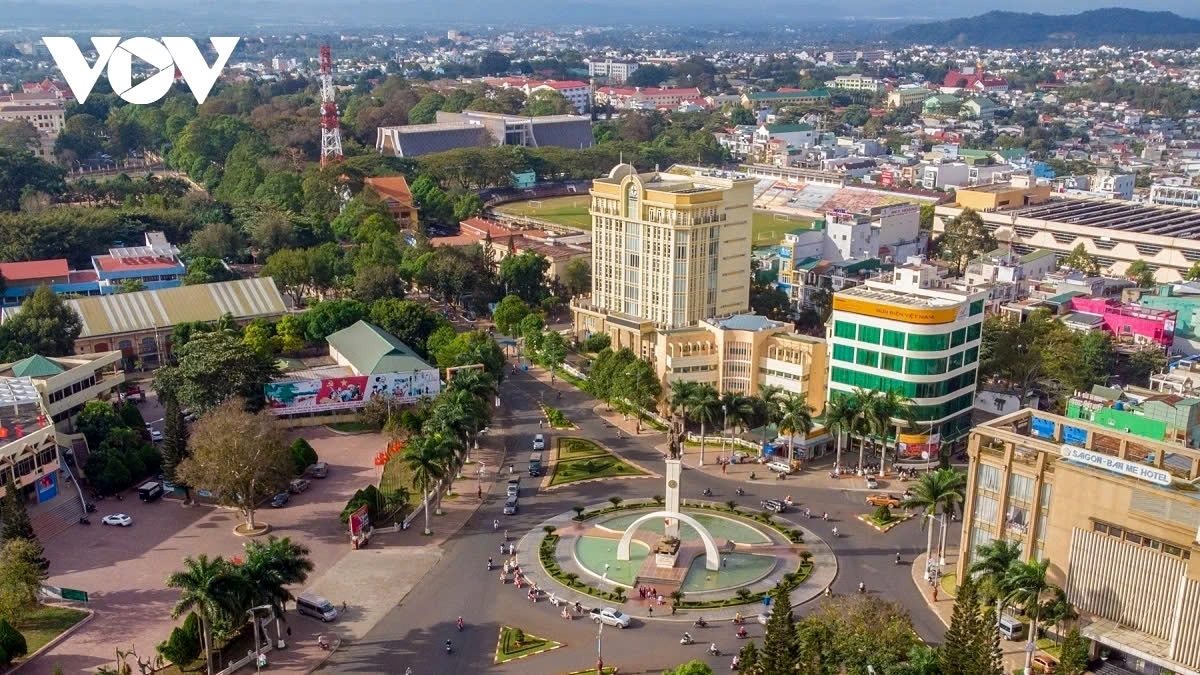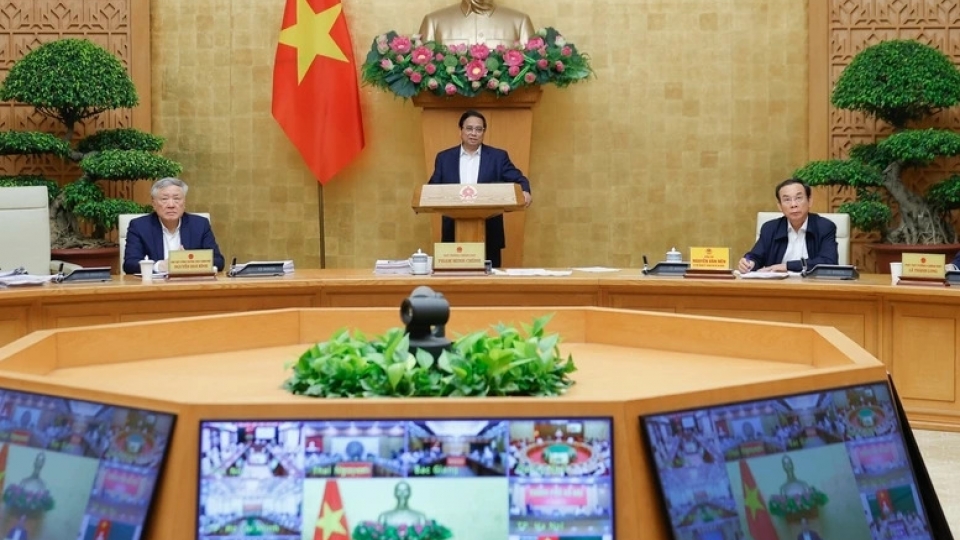Two-tier local government structure in Vietnam gets the go-ahead
VOV.VN - Standing Deputy Prime Minister Nguyen Hoa Binh signed a decision on April 14, approving a proposal to reorganise administrative units at all levels and build a two-tier local government structure.

The proposal put forward by the Ministry of Home Affairs outlines the guiding principles, objectives, and criteria for reorganisation. In addition to legal standards regarding natural area and population size, it emphasizes a thorough consideration of historical, cultural, and ethnic factors; geographical location and conditions; the scale and level of socio-economic development; infrastructure; as well as national defence, security, and international integration requirements.
The highest goal is national development, by expanding development space for newly merged administrative units, promoting the leadership roles of key economic zones, growth poles, and economic corridors. Priority is given to merging mountainous and lowland administrative units with coastal ones; harmoniously and rationally combining adjacent units aligned with development strategies, to mutually support and promote post-merger economic development in line with the country’s goal for rapid and sustainable development in the new period.
The proposal encourages the establishment of free trade zones, industrial parks/clusters, urban areas, seaports, logistics hubs, reservoirs, hydropower dams, among others within a single commune-level administrative unit to facilitate more efficient state management.
It aims to terminate certain district-level units and reorganize commune-level units into new, streamlined administrative structures, reducing intermediate levels, and building a strong, people-centered local government that tangibly improves the material and spiritual lives of the people.
According to a resolution recently adopted by the Party Central Committee, the number of provincial-level administrative units after the mergers will be 34, 6 centrally-run cities. The names and political-administrative centres of the new units will be determined based on principles outlined in the proposal submitted by the Party Committee of the Government.
The reorganisation will reduce the total number of commune-level administrative units by approximately 60-70% compared to the current number.





